The Importance of Red and Yellow Dots on Tires
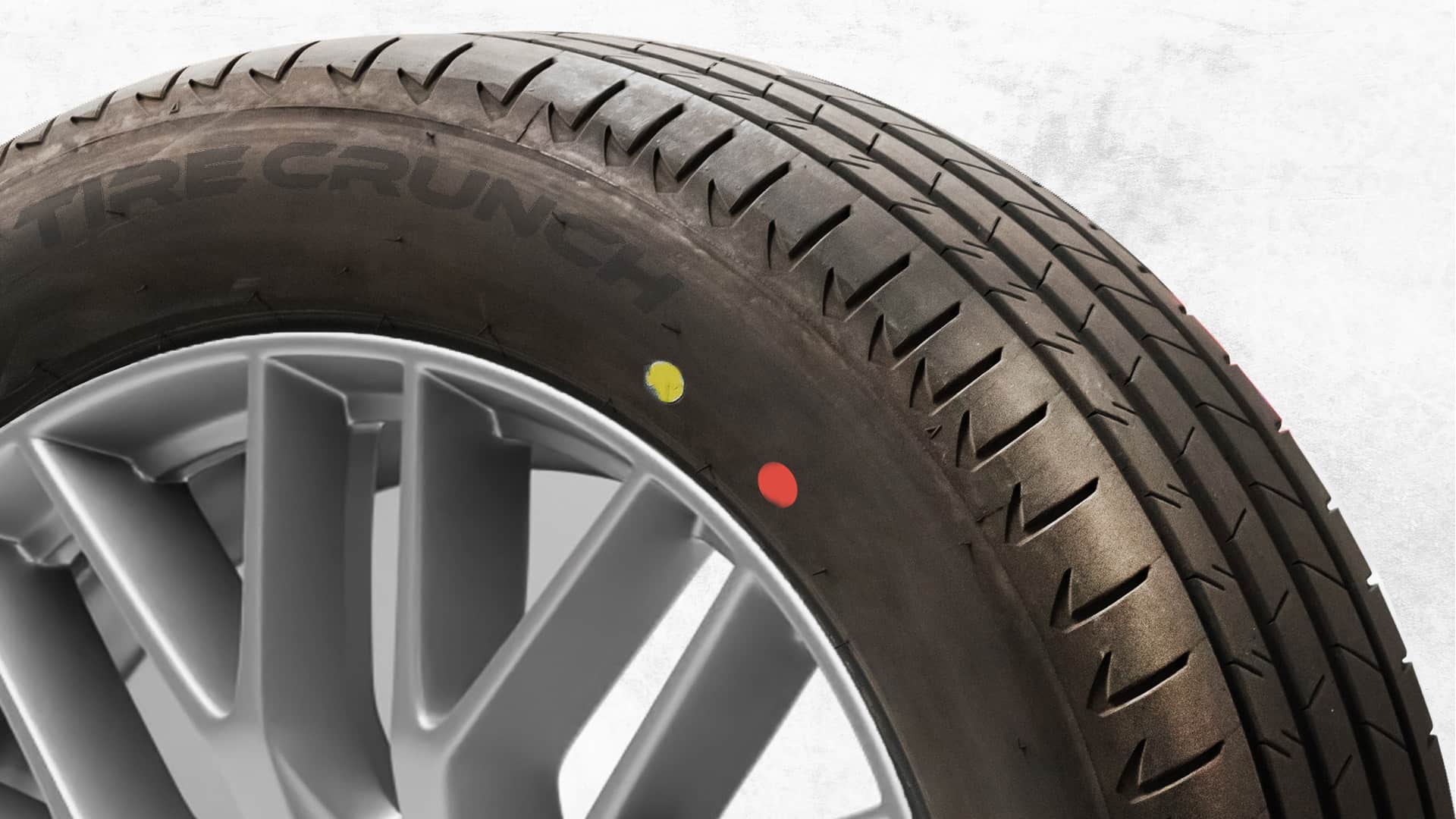
• The Yellow Dot
As per the tire manufacturer Toyo Tires, despite the great care being taken in the tire manufacturing process, it’s impossible to create a perfectly symmetric and round tire.
So what do the manufacturers do to tackle this problem? They have created a neat little trick – adding a yellow dot onto the area of the tire with the least weight so that tire fitters can tell where the lightest spot is.
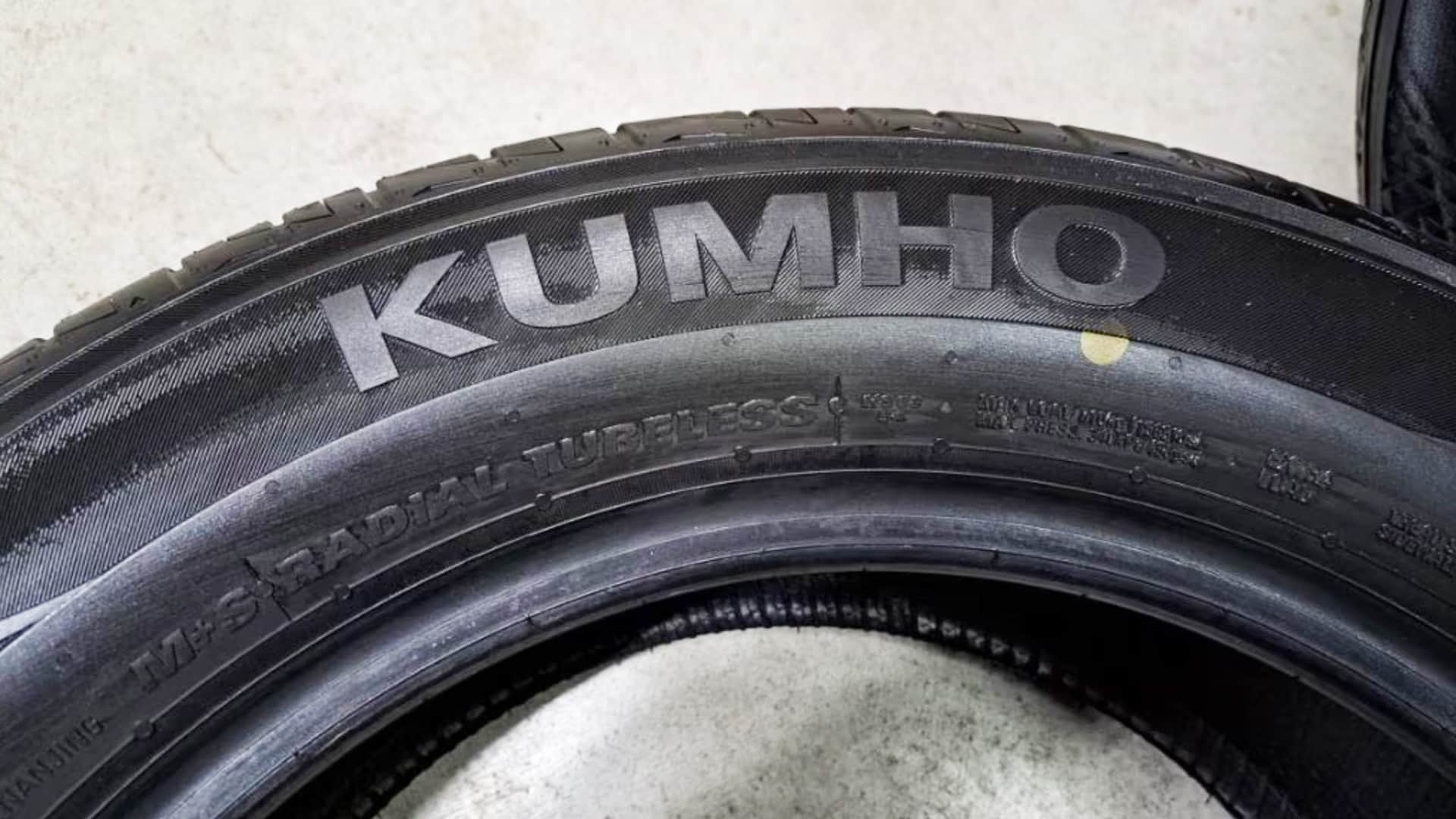
So, when it’s time to fit your tire, they will align this little yellow dot with the valve stem – which happens to be at the heaviest point on the wheel. Making sure that the lightest spot on your tire aligns closely with the heaviest point on your wheel, results in fewer weights being needed for proper balancing.
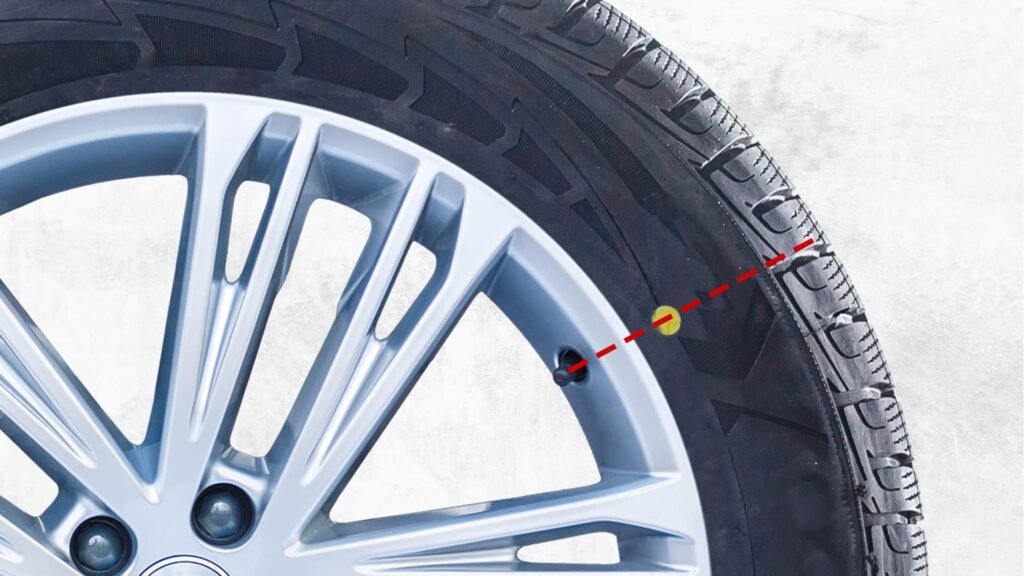
• The Red Dot
Here’s the deal: just as tires can’t be made perfectly balanced, they also can’t be made perfectly round. This means that new tires have high and low points. The same applies to wheels.
To help you out this issue, tire manufacturers use red dots to indicate the tire’s highest point. And the wheel will have a drilled or sticker mark indicating its lowest point! If you notice both dots, aligning the two will minimize any vibrations caused by your misaligned tire.
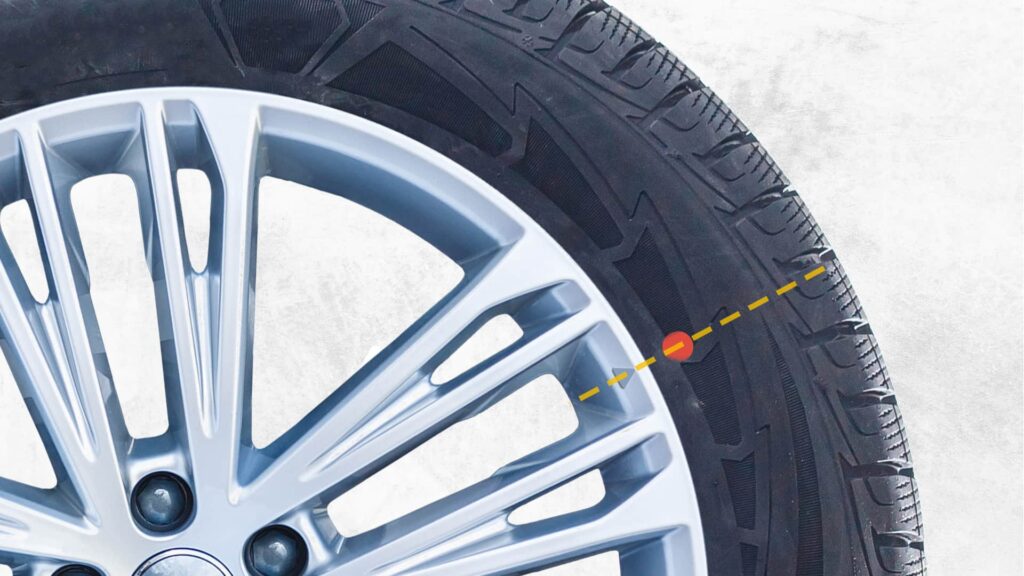
Which One Is More Important: • Red Dot Or • Yellow Dot?
It’s possible that you might be seeing both red and yellow dots on your tire with no clear markings on the wheel. In this case, we’ve got a solution for you!
It’s simple: always align the tire’s red dot with the valve stem and ignore the yellow dot. Although yellow is important to consider, canceling out any high points in tires should be our first priority. This method ensures that wheel balance is optimal while eliminating vibrations caused by an irregular or uneven tire.
What Does Wheel Balancing Do?
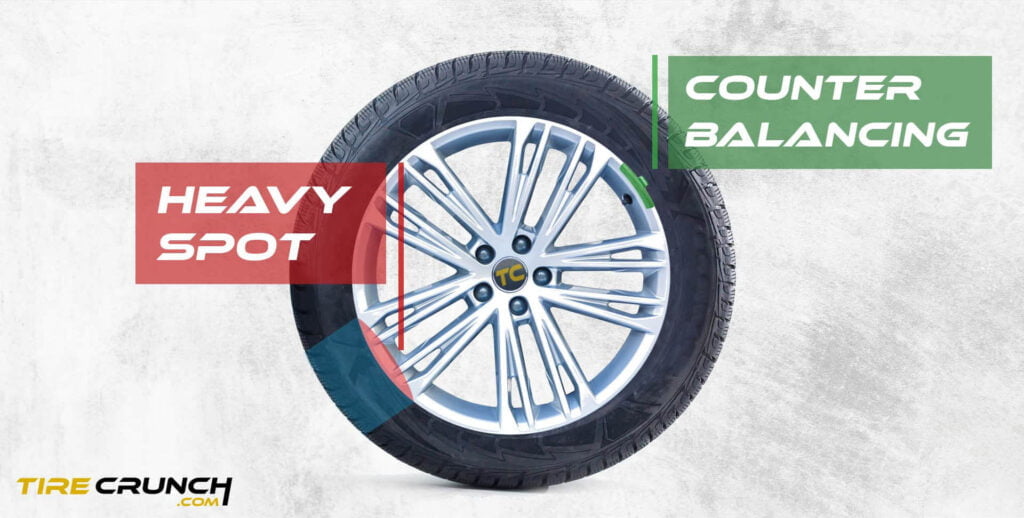
One way tire technicians can balance wheels is by using dynamic balancing which simply adds counterbalancing weights on one or more sides of the tire/wheel setup based on uneven weight differences found during spinning.
This important step in tire maintenance ensures vibrations are eliminated, and allows tires to roll silently and smoothly.
why is proper wheel balancing so critical?
Proper wheel balancing is essential for keeping your car in top condition and ensuring a smooth, comfortable ride. If your wheels are not properly balanced, it can cause vibrations that travel through your car’s frame and eventually lead to bumpy rides.
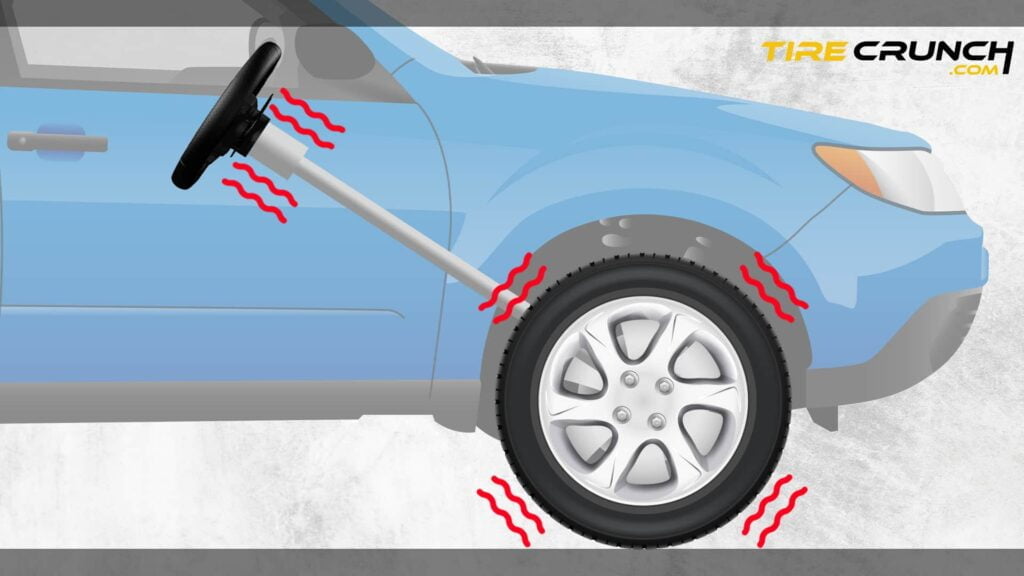
These vibrations can further cause steering issues or suspension problems leading to rapid tread wear on your tires. Even more dangerous is that unbalanced wheels can hamper braking performance when you need to stop suddenly. The added stress this puts on both you and your vehicle raises potential safety risks dramatically.
Moreover, unbalanced tires can also negatively impact other vital components of your vehicle’s suspension system – leading to early component failures!
What Are the Main Reasons A Tire Can Become Unbalanced?
Now let me tell you something from my personal experience of working with vehicles for years- there’s are multiple reasons why your wheels could become unbalanced:
Checking your tire pressure regularly and rotating your wheels every 5,000 to 8,000 miles can help extend the lifespan of your tires.
How to Remove Red and Yellow Dots on Tires?
Getting rid of the red and yellow dots on your tires is relatively easy. First off, make sure to grab some all-purpose cleaner and a clean cloth or sponge. Spray the cleaner onto the affected area and let it sit for a few minutes.
Next, using firm pressure, scrub the dots with your cloth or sponge. If they still won’t budge, try using a specialized tire cleaner OR a bit of WD-40, OR a bit of rubbing alcohol.
Once you’re happy with how clean your tires look, rinse everything off thoroughly with water and pat dry. And voila! You should now have tires that are as good as new (minus those strange factory markings). 😊
FAQs
Are The Yellow And Red Dots Important?
The importance of the yellow and red dots on your tires cannot be overstated. If you want a smooth ride and stay safe while driving, these marks play a vital role.
Ensuring that your tires are balanced is crucial for optimal performance on the road. And with the help of knowledgeable tire technicians who use specialized equipment, those colored dots will surely help in identifying any imbalances to make necessary corrective adjustments.
What If My Tires Don’t Have A Red Dot?
In case your tires don’t have a red dot, use the yellow dot. Align the yellow dot with the valve stem during tire installation to ensure proper balance and stability while driving.
What If I Have A White Dot On My Rim?
It’s not unusual to come across a white dot or dimple on the rim of your car. In fact, this mark serves an important purpose.
The white dot or dimple signifies the lowest point on the rim compared to a perfect circle of identical diameter. It helps tire technicians fit your tire correctly onto your rim, so you can enjoy a more stable and smoother drive while keeping the wear and tear of your tires in check.
When it comes time for tire installation, always make sure that you align the white dot on the rim with the red dot on the sidewall of your tire. This ensures that you have an optimal balancing setup for maximum performance when driving!
